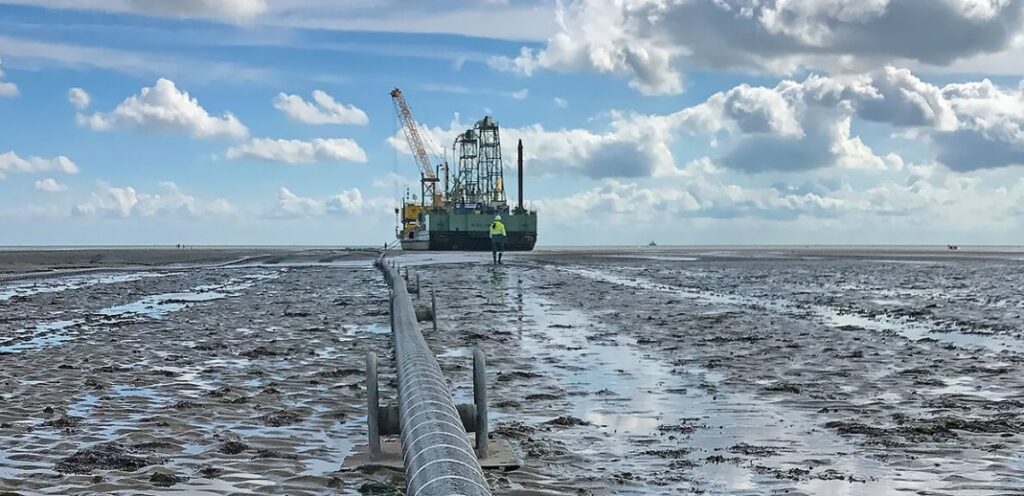The National Committee on Transmission (NCT) has begun deliberations on building a subsea HVDC line to meet growing power demand in the Andaman & Nicobar Islands (ANI).
The rationale behind this link is to meet ANI’s projected peak demand of 79 MW in FY30 without over-dependence on diesel gensets that currently meets a very large part of the Union territory’s power requirement. The proposed HVDC link will feed electricity from Paradeep in Odisha.
The interconnection
The proposed interconnection would be established with a 500-MW HVDC cable with a 250-MW terminal at Andaman Islands, in the first phase. The balance 250 MW would be transferred to Nicobar Islands in future. The Paradeep-Andaman interconnection is planned as a ±320kV, 500-MW HVDC bipole link running about 1,150 km with 250-MW HVDC terminals to be installed in the first phase, at both ends (Paradeep and Andaman). The proposed submarine HVDC link will lie on India’s east coast, passing through the Bay of Bengal.
The main issues
Central Transmission Utility of India Ltd (CTUIL) is expected to carry out a detailed study on the proposed HVDC link and submit its report to NCT, which in turn, will review the scheme in its next meeting. CTUIL’s study will largely be based on key points suggested by Grid Controller of India Ltd (GRID-India) and Central Electricity Authority (CEA).
The main factors that CTUIL will investigate in its study include:
- The use of VSC technology (as opposed to LCC) in view of limited space availability in the islands, in turn owing to large-scale development of solar power generation assets
- Comparison of the electricity tariff between existing diesel-based generation in the island versus the proposed HVDC link
- Whether the subsidy granted by the Central government to electricity consumers in Andaman could be used for upfront part-grant for the proposed HVDC link
- Frequency of outage and repair time of existing subsea HVDC links worldwide
- Modes of seeking financial support for building the subsea link, with a view to bringing down tariffs
- Techno-economic studies of comparison between diesel-generation sets and laying of subsea cable over a 35-year period, which is the assumed life of a subsea cable
Power scenario in ANI
According to statistics released by CEA, Andaman & Nicobar Islands (ANI) had installed capacity of 92.71 MW coming from diesel generation sets. Of this, around 62 per cent was owned by the UT administration while the remaining 38 per cent was under private ownership. Another 35.16 MW of power generation capacity was available from renewable energy sources, mainly solar. There are no other sources of electricity generation in the islands. During FY24, the peak electricity demand of ANI was 65 MW, out of which 60 MW could be met.
Featured photograph (source: Sumitomo Electric) is for representation only

